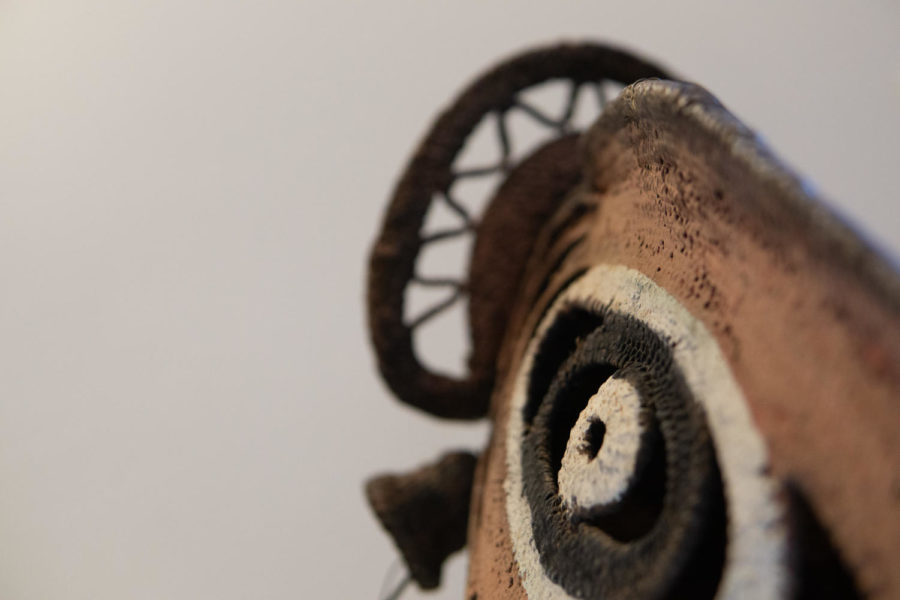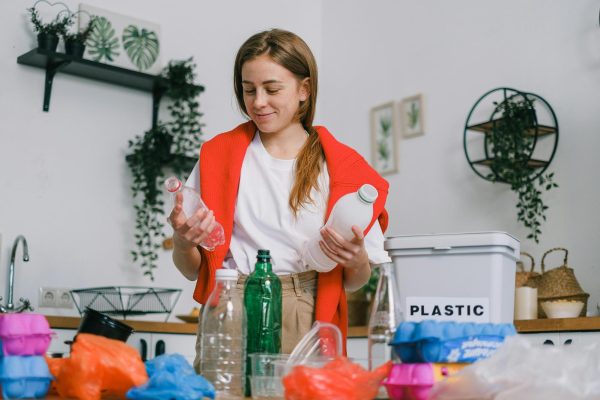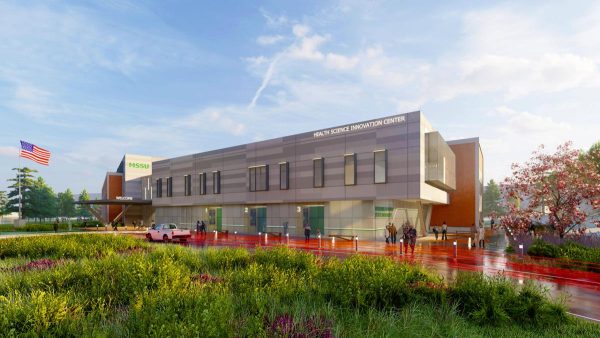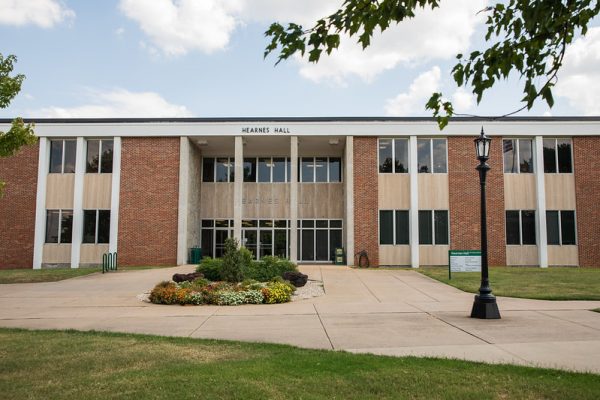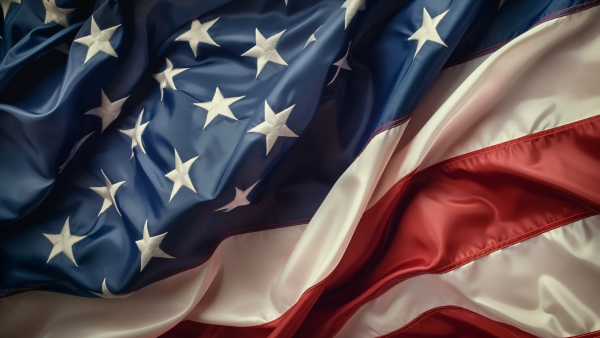Papua New Guinea art displayed in gallery
“Yam Tumbuan Mask” by Maprik. This piece is constructed with pigment, plant and weaving.
Every fall, Missouri Southern offers a theme semester, bringing the opportunity for students to learn about new regions or specific countries. To emphasize the Oceania semester, the Spiva Gallery is hosting a new exhibition about Papua New Guinea, called “Oceania Journey.” The artwork will be displayed until Friday, Sept. 27, also offering Saturday Viewings from 1 to 3p.m. on Sept. 7 and 14.
Papua New Guinea is known as the second-largest island in the world, as well as a culturally rich region. “There are 851 different languages, and 720 cultural groups where only 18% of the the population lives in an urban area,” according to Dr. Jacquelyn Lewis-Harris, associate professor in both anthropology and the College of Education at the University of Missouri-St. Louis.
This cultural diversity is due to the fact, that many villages are isolated and developed their own cultural, spiritual and artistic traditions. People would dress and create art differently depending on their background and region.
According to the guest talk Lewis-Harris, art has a spiritual function for locals. It is mostly made to express a certain celebration or ritual rather than being a money attraction for tourists, “something true, not authentic.”
Four main artwork can be found in Papua New Guinea according to Lewis-Harris. Men’s houses are works of art that held sacred art, each house has specific symbolism. Houses ceiling panels that illustrate various stories. Masquerades and music where people dance and dress in totemic animals and connect with spirits. As well as musical instruments that represent the voice of the spirit.
The showcase presented at Missouri Southern shows a variety of artifacts reflecting different regions’ traditions and styles. Presenting functional significance or ceremonial use and made of natural materials, found in nature like wood, straw, tree bark, string, etc.. as well as using very bright colors to paint their artwork.
According to Dr. Christine Bentley, gallery director, the exhibit is unique.
“It is not traditional, contemporary art show, where you just might have paintings on the wall,” Bentley said. But rather they are objects that portray everyday life, created to be something functional or beautiful. Not all of the art is made known artists, but also by locals who traded or sold their belongings
The purpose of the art show is to teach the University’s community about another culture, to keep them informed about social traditions, backgrounds and political aspects of the country. This artwork is unique because students can’t see it frequently, due to the fact that there not museums around the area that specialize in this type of cultural artifacts, said Bentley.
All students are welcome to visit this unique and unfamiliar exhibition. Presentation and the admission is free to the public from 9 a.m. to 5 p.m. from Monday through Friday.
The exhibition was made possible with help provided by the Institute for International Studies, the Hyde Foundation, UMB, and estate of Mildred Marshall.
Your donation will support the student journalists of Missouri Southern State University. Your contribution will allow us to purchase equipment and cover our annual website hosting costs.



















